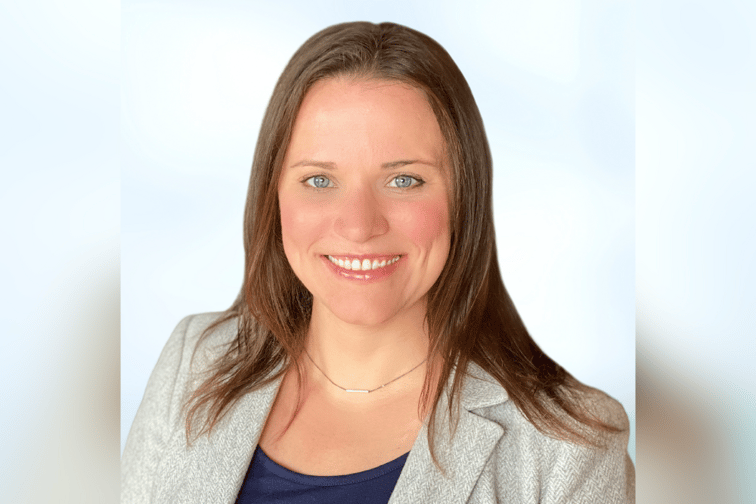

This article was produced in partnership with Duck Creek Technologies.
Desmond Devoy, of Insurance Business America, sat down with Sasha Korol, senior director of research and innovation at Duck Creek Technologies, to discuss the results of a worldwide survey looking at how consumers viewed insurance.
People need people, and a new global survey has found that, when it comes to communicating with their insurance companies, many still want that human touch.
In Duck Creek Technologies’ newly-released “Global Consumer Insurance Insights” survey for 2023, the second-annual report underlined that while technology is here to stay, people still have a massive role to play. The survey found that 44% of consumers would prefer to interact with a human – up from 35% in 2022 – once a policy is in place.
That said, interest in apps and using WhatsApp for both buying and switching insurance has also increased year-on-year.
“This year’s survey results indicate that consumers favor both increased human connection and the ease of secure digital tools available for point communication on specific needs as they arise,” said Sasha Korol (pictured), senior director of research and innovation at Duck Creek. “It is critical that insurers develop a multitude of channels that cater to a variety of consumer preferences for all stages of the buying and servicing journey. Insurers must strike the right balance between digital self-service features and live agent assistance for consumers.”
Korol added that this could mean exploring cloud-based digital communication capabilities such as screen sharing, co-browsing, digital audio and video, and chat to provide humanized contextual help that is convenient and helpful to the consumer.
The survey was conducted in 13 countries (listed below), among 2,095 adults, with a 50/50 gender split, who held at least one insurance policy. The research was conducted independently by Research in Finance for Duck Creek Technologies, using a seven-minute quantitative online survey.
The * indicates a new country added to the survey from 2022.
So why was it decided that the survey would be expanded for the second edition?
Korol said that the company wanted to take a more “granular” look at countries in the regions they covered.
“The 13 countries were selected based on where Duck Creek Technology primarily conducts business and where our employees reside, and our consumers,” she said. “It allows us to understand the overall market dynamics.”
Broken down to responses from the United States, the Boston-based company reported that of those surveyed:
All over the world, as one might expect, there were some significant differences in preferences between regions and countries across various topics.
“When looking at the sources of advice/research that policyholders consider before buying insurance, UK and Norwegian respondents were more likely to consider a price comparison website,” Korol pointed out. “By contrast, those in Portugal and Spain were more likely to value advice from friends, colleagues, or insurance brokers.”
North of the Pyrenees Mountains, “French respondents value the advice given to them at the point of sale,” Korol said. Meanwhile, in Asia, respondents from India and Singapore were less likely to own home or motor insurance. But Korol thinks she knows why this is: “Possibly because respondents in this cohort were younger and may not own a home or car yet.”
There were also important global trends that the survey noted, in four key areas (some questions were new to the survey so they do not reference any 2022 numbers below):
Buying Preferences
Switching Insurance
Communication Preferences
Insurance Innovation
The numbers may speak for themselves, but, as a bonus, the survey included several calls to action,such as:
For Korol, there were several other take-aways from the survey, including that 75% of consumers want to hear about other products, yet 45% did not hear from their insurers over the course of a year. In the prior year, 34% of consumers did not hear from their insurer – so the survey indicates that while the demand for human interaction and interest in new insurance products grows, the level of interaction between insured and insurer appears to be declining.
“Consumers are embracing insurance and are eager to learn more about new products and services, including 43% interested in add-on insurance and 54% interested in on-demand insurance,” she said. “There is a tremendous opportunity to continue engaging with consumers in various digital channels to ensure a humanized experience. Insurers should continue to build on products that meet diverse needs and facilitate humanized experiences.”
To read the full 39-page report in depth, please click here.
